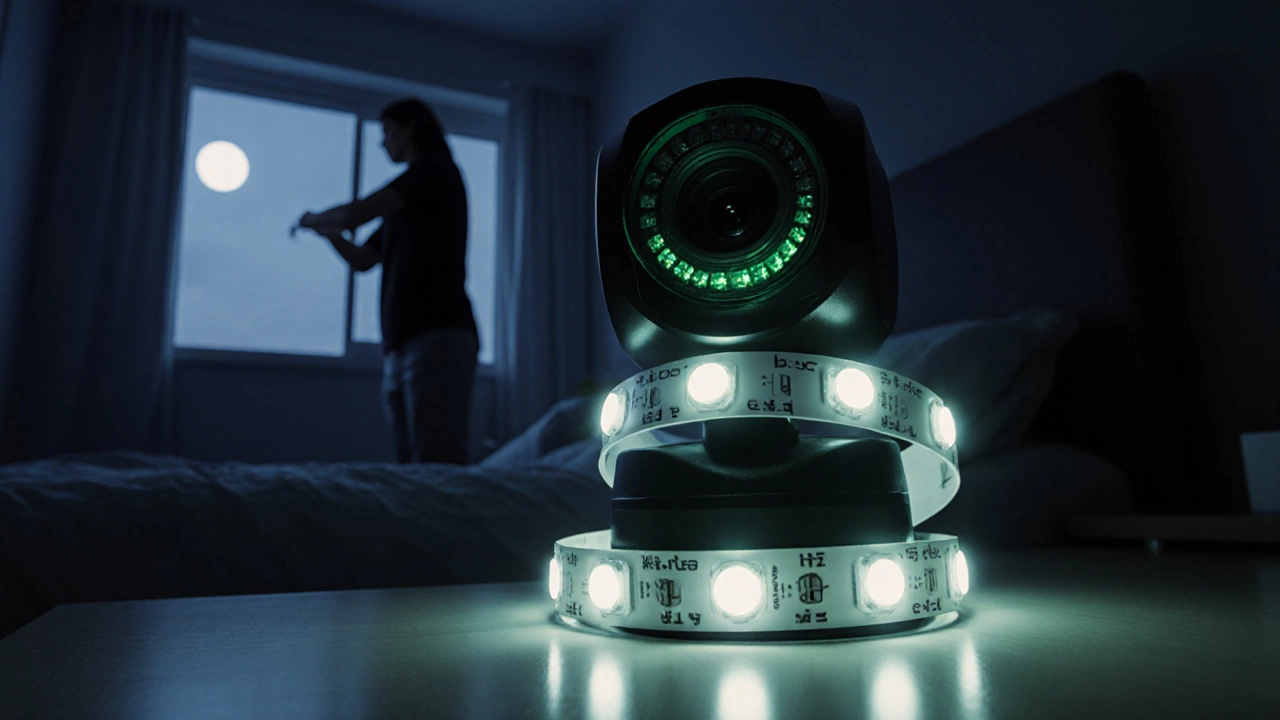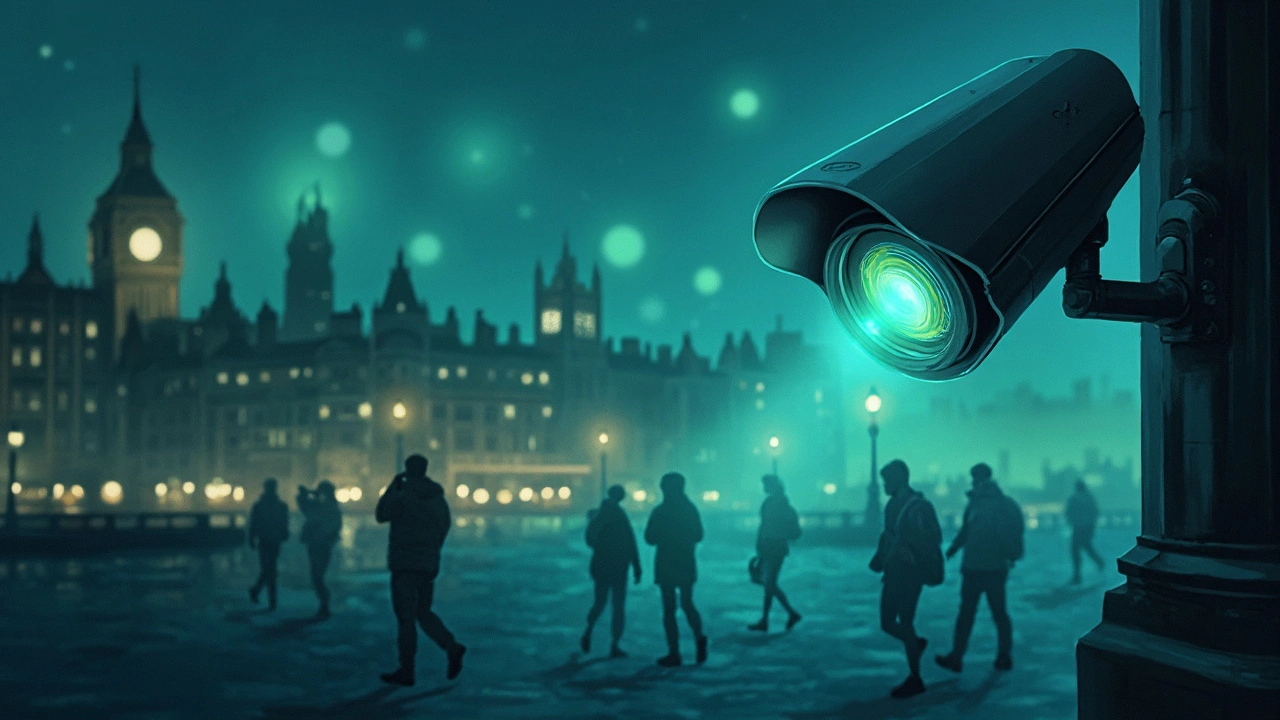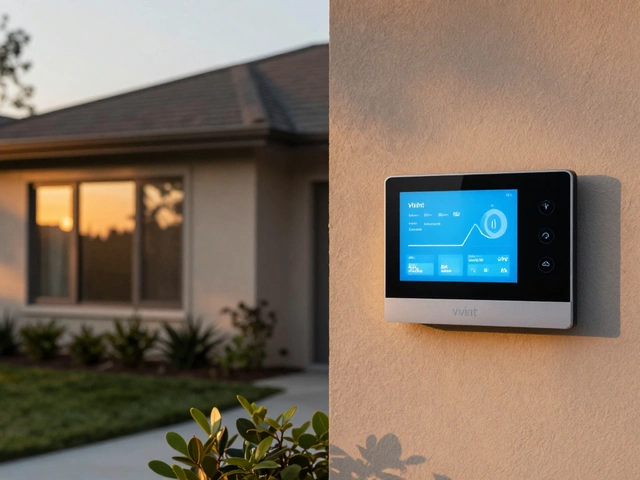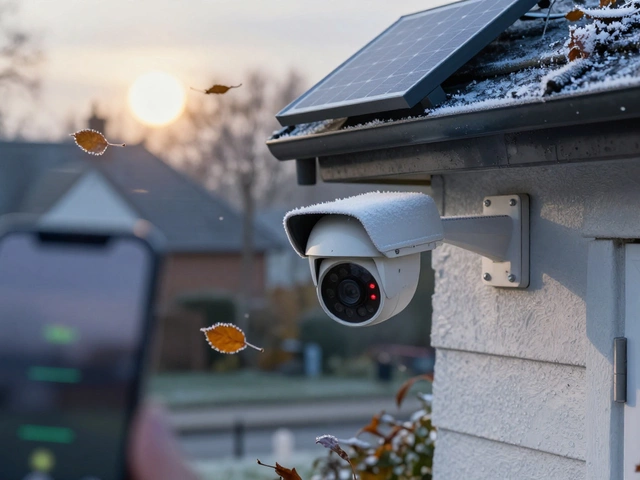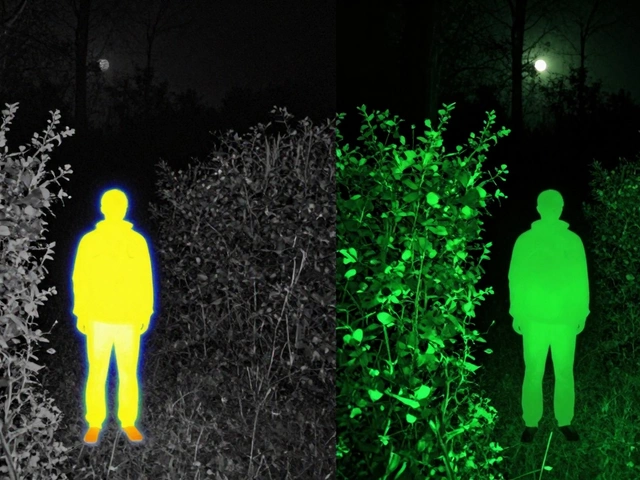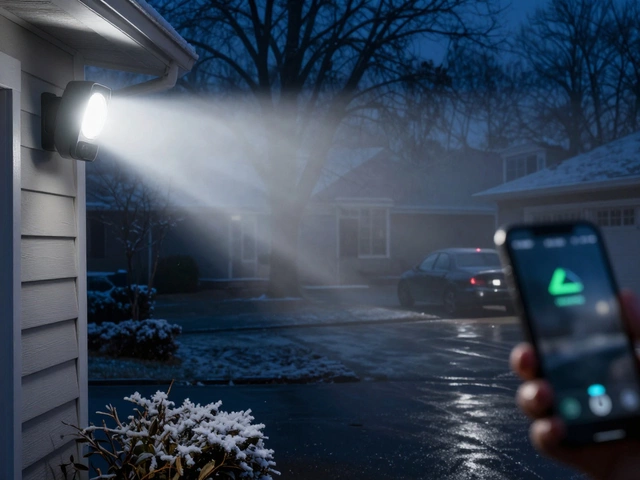Night Vision Technology Explained for Home Security
Ever wondered how a camera can see in total darkness? The secret is night vision technology, and it’s what lets security systems keep an eye on your property 24/7. In this guide we’ll break down the basics, show you what features matter, and help you pick the right gear for your home or business.
How Night Vision Works
Night vision cameras use infrared (IR) light—light that’s invisible to the human eye—to illuminate a scene. Most cameras have tiny IR LEDs around the lens. When it’s dark, those LEDs flash, lighting up the area in a way the sensor can read. The sensor then translates the IR light into a clear black‑and‑white image.
There are two main types of night vision: IR LED and thermal. IR LED cameras are the most common for home security because they’re cheap and give decent detail up close. Thermal cameras detect heat signatures, so they work even in fog, heavy rain, or complete darkness without any LEDs. Thermal is pricier but great for large properties or outdoor perimeters.
One thing to watch out for is the IR cut filter. During the day the filter blocks IR to give true‑color images. At night the filter flips out so the sensor can see the IR light. A good camera switches smoothly between these modes so you get colour by day and clear black‑and‑white at night.
Choosing the Right Night Vision Camera
First, decide where you’ll mount the camera. Outdoor units need weather‑proof ratings (look for IP66 or higher). Indoor cameras can be smaller and may not need the same sealing.
Next, check the IR range. Most budget cameras offer 5‑10 metres; mid‑range models push 15‑20 metres; high‑end units can cover 30‑40 metres or more. Match the range to the size of the area you want to monitor.
Resolution matters too. A 1080p camera will give you clear details on a person’s face, while a 720p unit might only show a silhouette at night. If you need facial recognition or license‑plate reading, aim for at least 1080p.
Don’t forget about smart features. Motion detection that works in low light can reduce false alerts. Some cameras let you set a detection zone so you only get alerts when something moves where you care about.
Finally, think about how the camera connects. Wired Power‑over‑Ethernet (PoE) gives reliable power and a solid network link, while battery‑powered Wi‑Fi models are easier to install but can suffer from dead spots. For night vision, a stable power source is key because IR LEDs draw extra energy.
Putting it all together, a good night‑vision setup looks like this: a weather‑proof, PoE‑powered 1080p IR camera with a 20‑metre IR range, an IR cut filter, and smart motion zones. Pair it with a reputable monitoring service—like Birmingham Security Command Center—to get instant alerts and professional response, day or night.
Night vision isn’t a magic trick; it’s simple physics turned into practical security. By understanding how it works and what to look for, you can choose a camera that actually protects your home when the lights go out. Ready to upgrade your surveillance? Start by checking the specs of the cameras you already own and match them to the checklist above. You’ll be surprised how a few tweaks can make your system see in the dark as clearly as in daylight.

